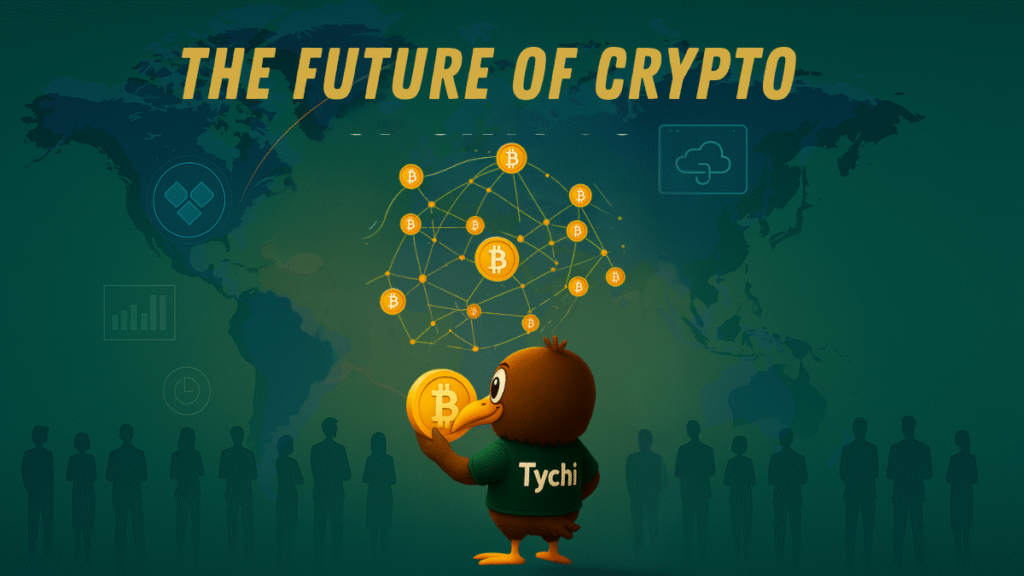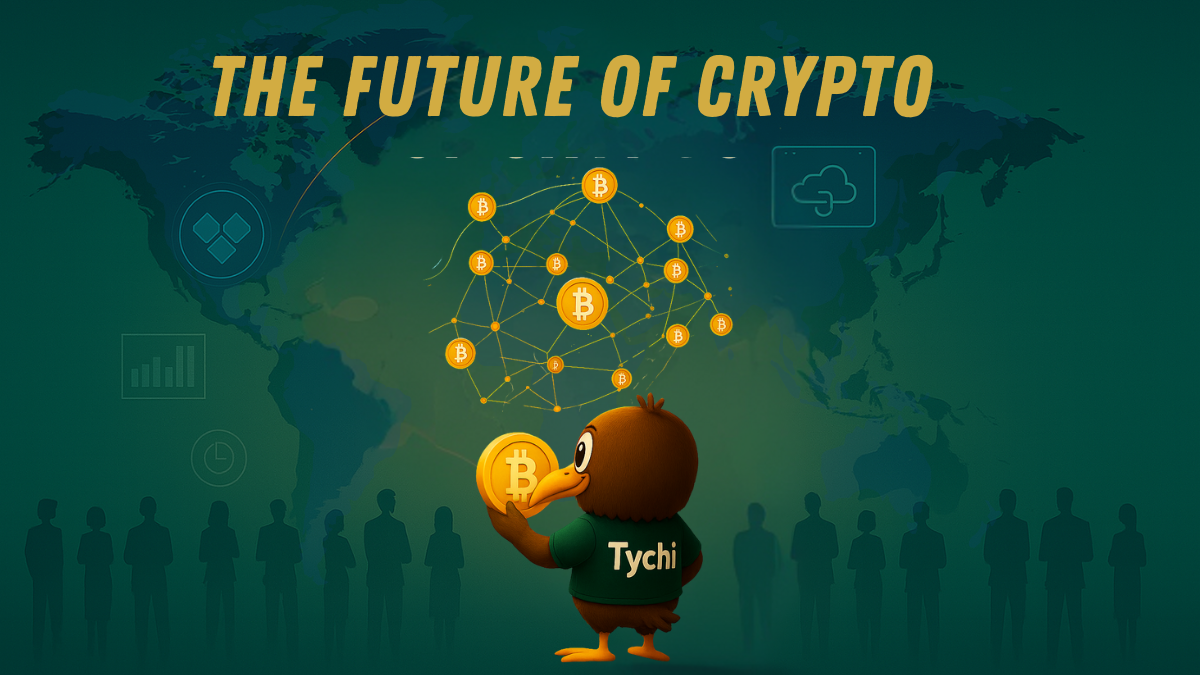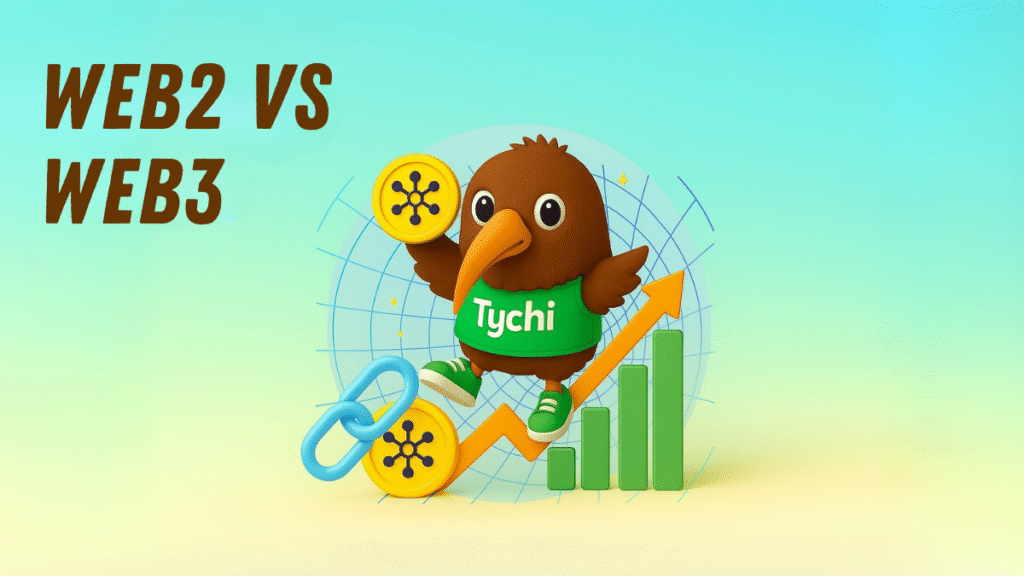
The future of money is no longer a distant idea; it’s already unfolding all around us. With every passing day, we’re witnessing a shift away from traditional banks, centralized systems, and physical cash toward a world driven by crypto, digital assets, and decentralized finance (DeFi). This transformation isn’t just about technology; it’s about redefining trust, ownership, and access in the global financial system.
What many once dismissed as a speculative phase or a passing tech trend has evolved into a powerful, fast-growing movement. Crypto is no longer just an investment vehicle; it’s a foundational change in how we think about money, interact with it, and control it.
From borderless payments and smart contracts to tokenized assets and self-custody wallets, digital finance is shaping a new reality, one that’s faster, more inclusive, and built for the digital age. The future of money isn’t waiting; it’s already here, and it’s rewriting the rules of the financial game.
A New Era of Financial Freedom
Cryptocurrency isn’t just reshaping financial systems; it’s giving people real control over their money. Unlike traditional banks, which can be slow, expensive, and restricted by geographic boundaries, crypto offers financial freedom, global accessibility, and round-the-clock availability.
With nothing more than a smartphone and a crypto wallet, anyone can send or receive digital currency instantly, no matter where they are in the world. For millions of people, especially those in underserved or unbanked communities, this isn’t just a technological breakthrough; it’s a lifeline, opening doors to financial inclusion, empowerment, and opportunity like never before.
Crypto Solves Real-World Problems
The reason it continues to grow is simple: it solves real-life issues. In countries dealing with hyperinflation and banking instability, like Venezuela, Nigeria, or Argentina, cryptocurrency has become a way to protect personal wealth and escape economic restrictions.
Likewise, migrant workers no longer need to rely on expensive remittance services. With blockchain-based solutions, they can send money home instantly and affordably. In these situations, crypto isn’t a luxury; it’s a financial lifeline.
Blockchain Is the Backbone
Behind every currency is blockchain technology, a transparent, secure, and decentralized system that records every transaction. This technology is building trust where traditional systems often fall short.
As more people search for financial tools they can rely on, blockchain is proving to be the future of secure, digital money. It ensures every transaction is traceable and tamper-proof, which is exactly what today’s digital economy needs.
From Trend to Movement
Crypto adoption is no longer limited to tech enthusiasts. Today, some of the world’s largest companies, like Visa, PayPal, and Tesla, are investing in and accepting digital currencies. Governments are experimenting with Central Bank Digital Currencies (CBDCs), while millions of users are entering the world of Web3 and decentralized finance (DeFi).
What started as a niche idea has now turned into a worldwide financial movement, one that puts power into the hands of people, not institutions.
Conclusion: Crypto Is the Future of Money
The message is clear: it isn’t just a trend; it’s the future. With rising global interest, practical use cases, and the steady rise of blockchain-powered finance, we’re moving toward a world where money is more accessible, transparent, and fair.
Whether you’re new to the space or already using cryptocurrency, one thing is certain: the future of money is digital, decentralized, and designed to give people more control. And that future is happening now.

